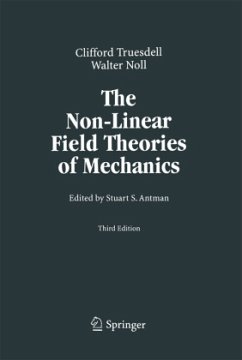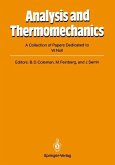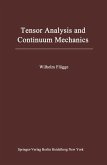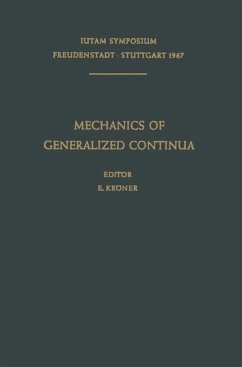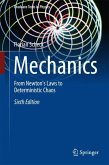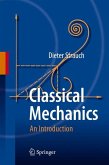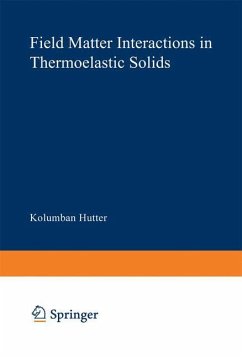Non-Linear Field Theories of Mechanics has become a classic treatise in the field of continuum mechanics. Originally published nearly forty years ago, it probably has influenced practically all subsequent monographs on the subject. Its main parts are:
- The General Theory of Material Behavior
- Elasticity
- Fluidity
This third edition includes the corrections made by the late C. Truesdell in his personal copy. It is annotated by W. Noll and by S. Antman who describe the monograph's genesis and the impact it has made on the modern development of mechanics. Originally published as Volume III/3 of the famous Encyclopedia of Physics in 1965, this book describes and summarizes "everything that was both known and worth knowing in the field at the time." It also greatly contributed to the unification and standardization of the concepts, terms and notations in the field.
- The General Theory of Material Behavior
- Elasticity
- Fluidity
This third edition includes the corrections made by the late C. Truesdell in his personal copy. It is annotated by W. Noll and by S. Antman who describe the monograph's genesis and the impact it has made on the modern development of mechanics. Originally published as Volume III/3 of the famous Encyclopedia of Physics in 1965, this book describes and summarizes "everything that was both known and worth knowing in the field at the time." It also greatly contributed to the unification and standardization of the concepts, terms and notations in the field.
From the reviews of the third edition: "As there is hardly anyone in the continuum mechanics community who does not know, use and appreciate Truesdell and Noll's 'Nonlinear field theories of mechanics', there is surely no need to review this masterpiece again ... . What is interesting to note is that Springer Verlag released a third edition ... ." (Albrecht Bertram, Zentralblatt MATH, Vol. 1068, 2005) "The Springer-Verlag now published the third edition of the historical Volume III/3 of the Encyclopedia of Physics ... . This text gives interesting insights into the genesis of their work. ... It is interesting to note that their system of notation, symbols, and terminology has been widely adopted, even by scientific descendants of critics of their enterprise. ... No doubt, these arguments justify the reprint of the The Non-Linear Field Theories of Mechanics." (Technische Mechanik, Vol. 25 (3-4), 2005)

